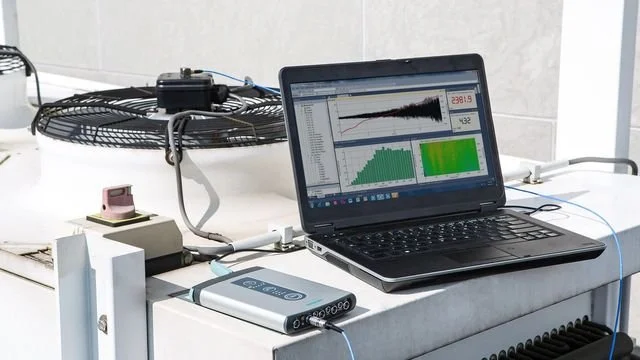You've probably heard of radon testing, but you may be wondering, "Is radon testing essential?" The truth is that radon levels in your home are hazardous and increase your risk of lung cancer. Radon levels in the U.S. have been linked to more than 21,000 deaths a year. When inhaled, radon particles damage lung cells and tissues, which increases your risk of developing lung cancer. If you live in an area high in radium, you should have your house tested before you make any decisions about buying or selling a home.
You may also want to consider radon testing if you're preparing to sell your home. Even if you're not selling your home, you should still get it tested. This gas can cause lung cancer, especially in children, because their cells multiply at an increased rate. However, you won't likely notice any symptoms until years later, and radon exposure is never fatal. Luckily, you can get a free radon test, and you can avoid paying for a professional examination.
You can buy a radon detector at a hardware store or online. Then, you'll need to leave it in your home for a certain number of days and send it off to a radon lab for analysis. Another option is to install a vent pipe system. The vent pipe pulls the radon from the underside of the house, lowering your risk of lung cancer.
While the best way to combat radon is to have it tested, you should also consider how long it's been since you lived in your home. This will allow you to determine whether or not you should perform a long-term or short-term test. A longer-term radon test will provide a more accurate picture of the radiated area than a short-term test. You'll be able to know how much radon is in your home with the help of a long-term radon test.
It is essential to know radon levels in your home. A radon test will show if your home has elevated radiated levels. A long-term radon test will provide a more accurate picture of radon levels than a short-term one. You'll want to get the results of a long-term radon test and see if you're at risk of lung cancer.
You can tell if your home has high radon levels in a short-term radon test, but long-term tests will give a better picture of radon levels. If the RADON test is positive, you should seek a professional radon inspector who knows a lot about reducing a home's radon levels. You can also save money by doing a yearly radon test.
















